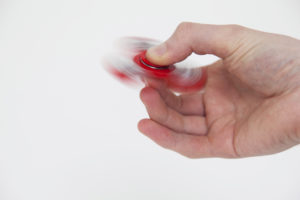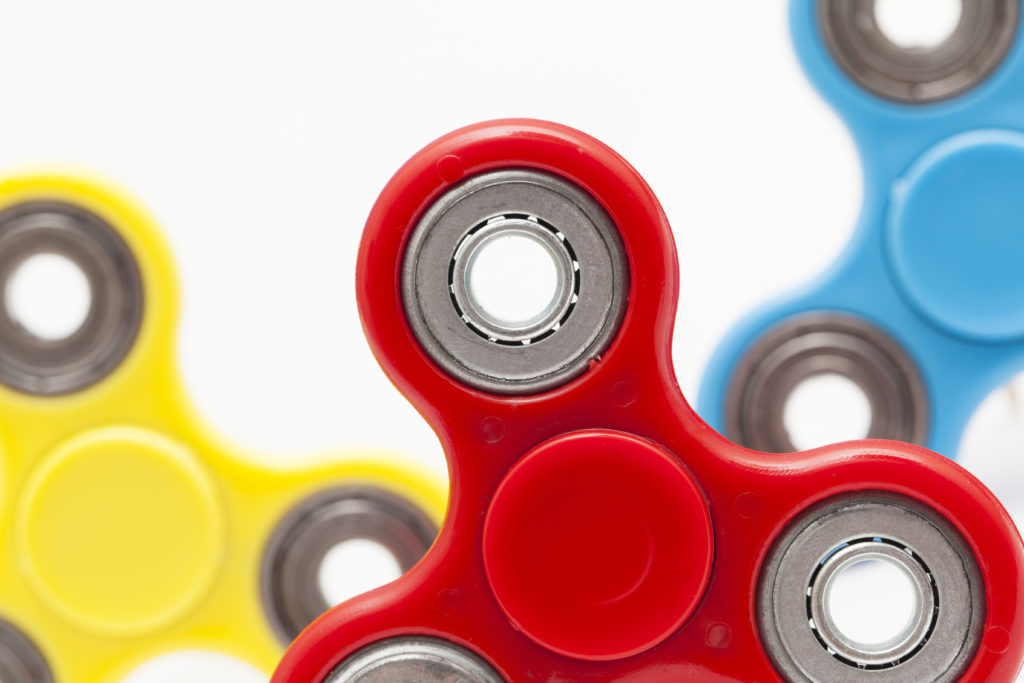It’s the fad that’s been sweeping schoolyards and offices everywhere – the fidget spinner with the industrial center.
While originally developed in the early 1990’s, fidget spinner toys suddenly seem to everywhere, in the news, in all sorts of retail establishments and especially in schools. The modern cousin to the worry stone and stress ball, the toys are marketed as a way to help individuals suffering from ADHD, autism, anxiety and other disorders release excess energy and aid in focus. While some individuals have benefited from the spinners, others have argued the opposite – that they are distracting, leading some schools to ban the spinners.
These toys can be made of many different materials, like brass, steel, titanium, copper, aluminum, wood or even 3D printed plastic. Basic spinners consist of two or three blades, but can contain as many as the designer is capable of adding while remaining balanced.
designer is capable of adding while remaining balanced.
At the center of this toy is a bearing. Bearings are made of metal (stainless steel or chrome), ceramic, or a hybrid design containing ceramic balls and metal housing, or races. This staple of the industrial world, the ball bearing, allows the spinner to perform its primary function – spin. The first recorded ball bearing patent was awarded to a Welsh inventory Philip Vaughan in 1794. There are many types of ball bearings, which allow spinners to have different speeds, noise levels, timings and other features.
In our business, we often think of bearings in relation to their application in motors. Bearings have uses throughout multiple devices, including the latest toy craze to sweep the nation.
